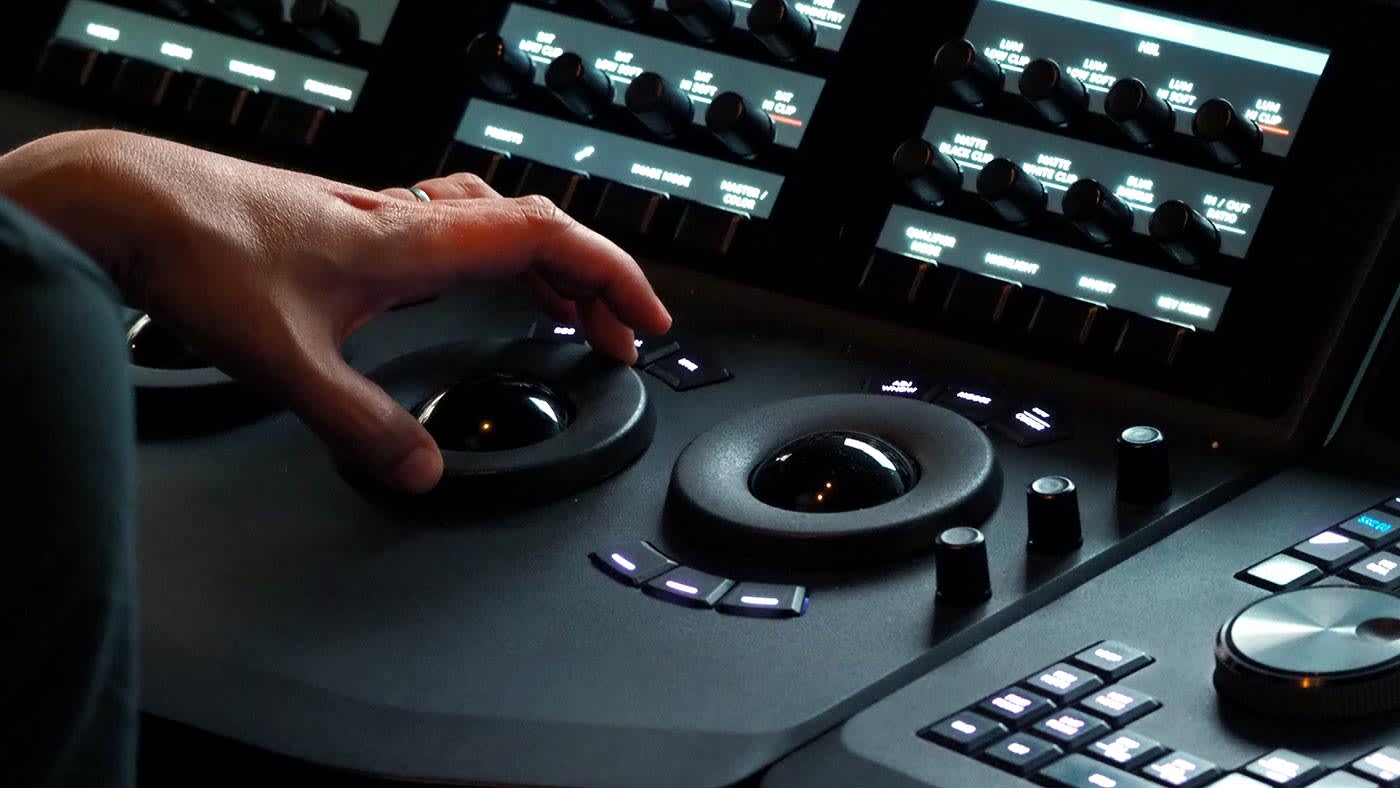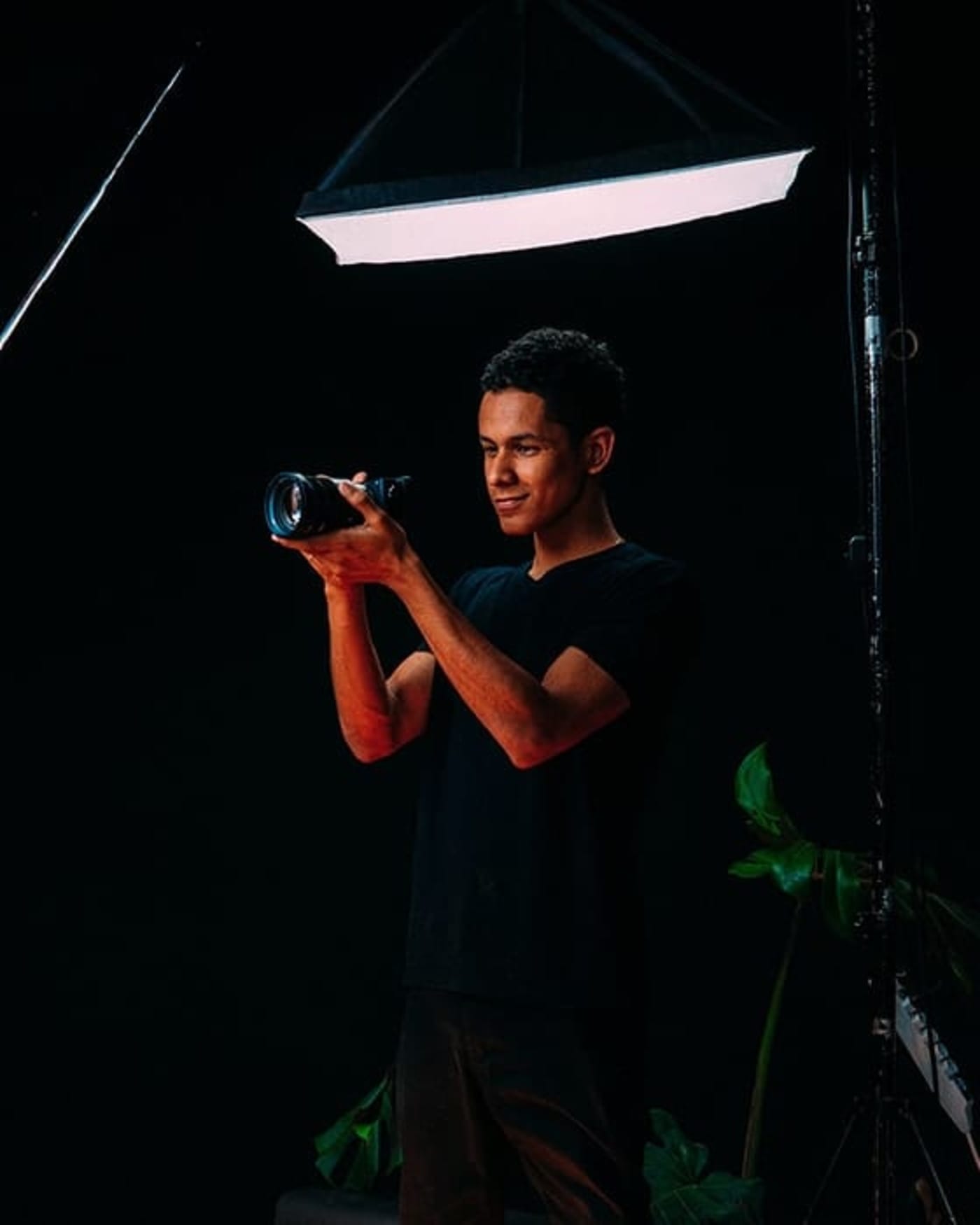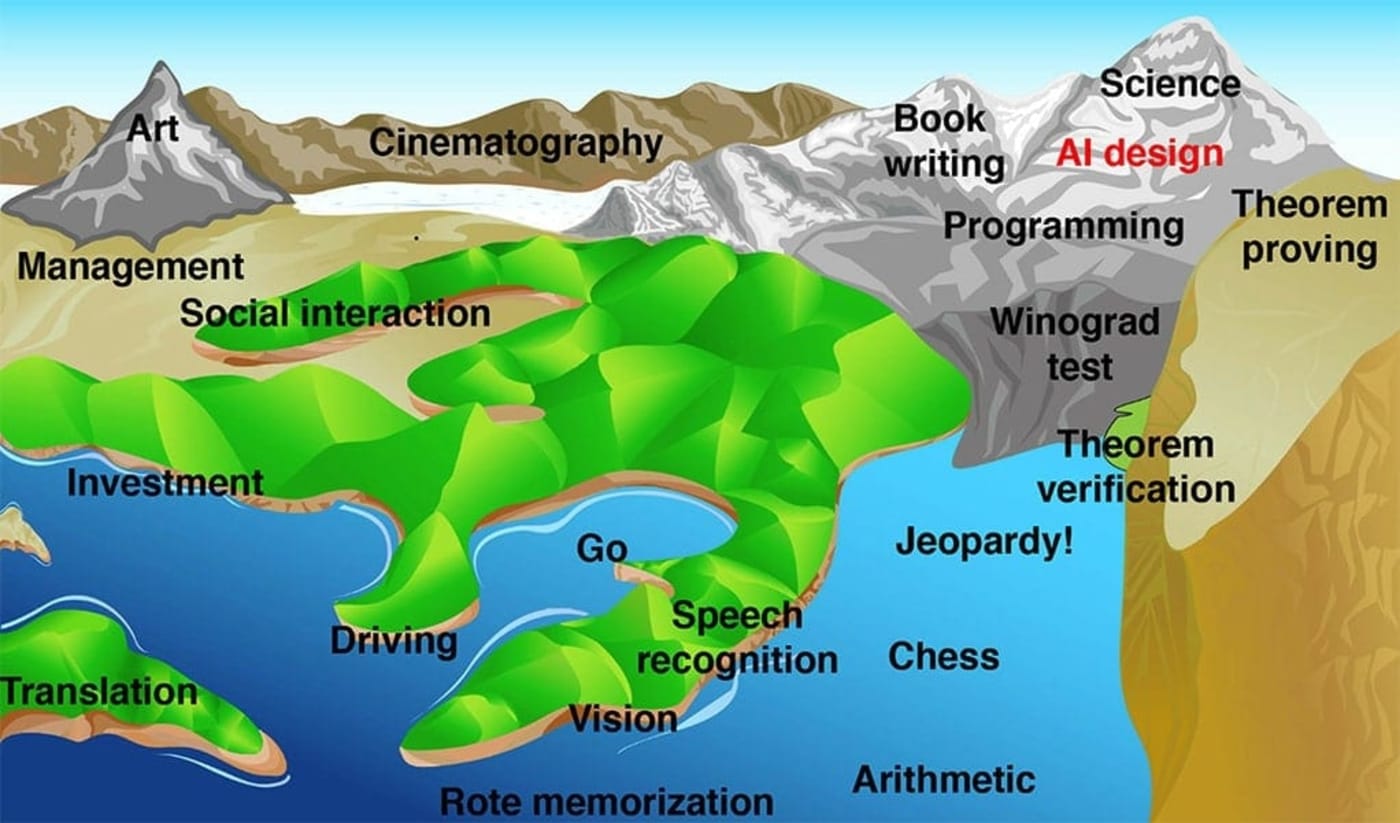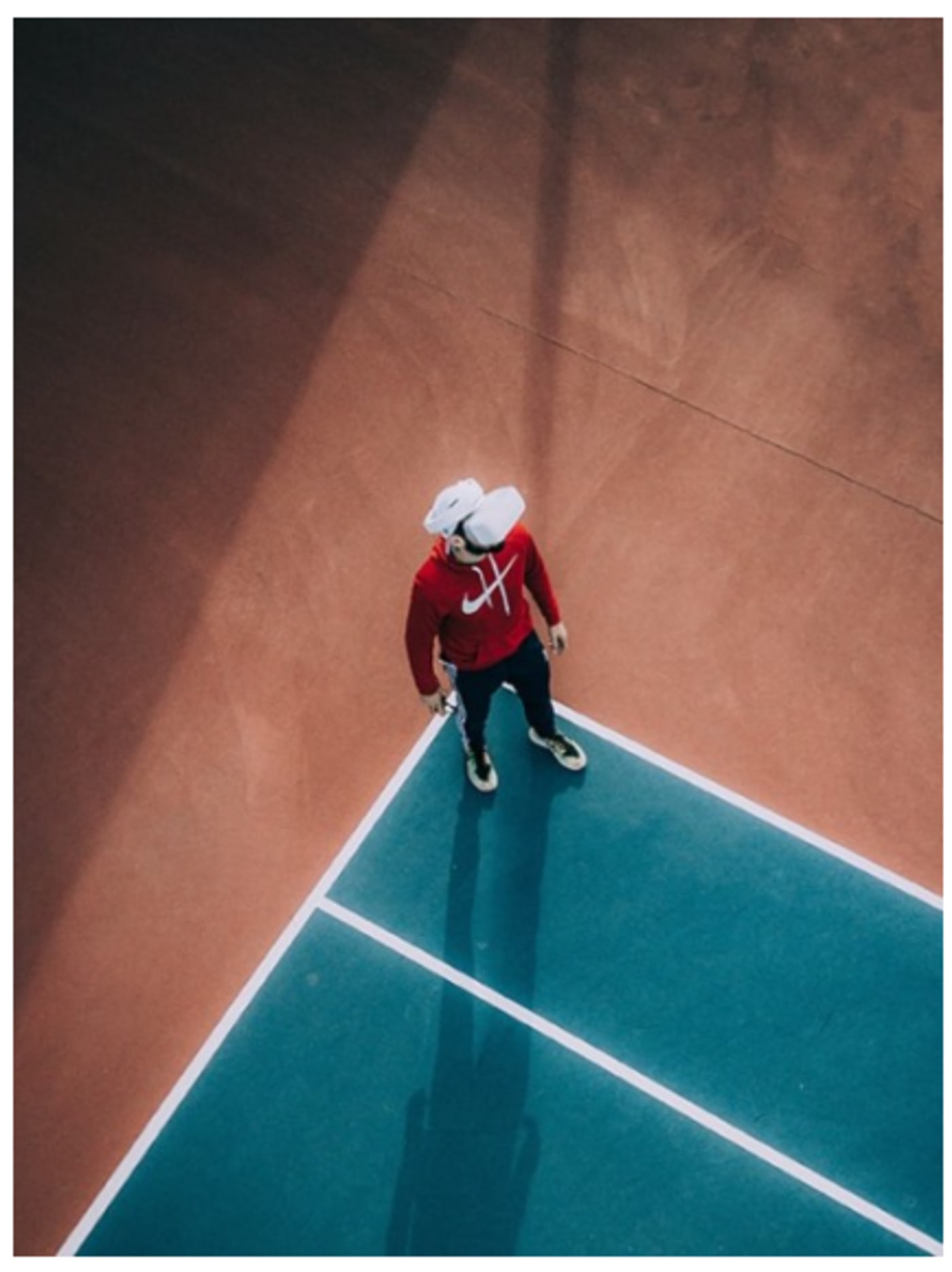
It’s quite possible we’re standing squarely on the most volatile moment in the history of motion imaging. Technology and culture are evolving alongside one another in a complex dance, altering the tools, language, and consumption of motion images at a breakneck clip. And whether you call it color correction, color grading, or something else, image mastering is very much along for the ride, with a future just as difficult to predict.
But if we zoom out from the eye of the storm, there are some clear clues about how this craft is likely to evolve. The best part is, our kids can look back at this article and marvel at my prescience, laugh at my foolishness, or maybe a bit of both. To be honest, I’ll be satisfied if they care enough about this stuff to bother reading at all.
So here you go, kids: my three predictions about the future of color correction.

1. The Content Revolution
The moment you begin thinking about the future of color correction, there’s some clear good and bad news. On one hand, the sheer volume of motion images being captured and distributed across the globe is greater than ever before, and it’s growing exponentially. This would seem to promise that color grading has nowhere to go but up. That is until you realize that a large majority of this content will never be professionally mastered. It’s being produced too quickly, too cheaply, and with too little emphasis on visual polish for its creators to bother. It’s plain to see that well-graded content is rapidly losing market share.
But the future may not be as grim as it looks. As we’re going to discuss shortly, new tools for crafting polished images are right around the corner and will offer better, faster, and cheaper solutions to creators. Just as important, while professional color grading’s slice of the pie may be shrinking, the pie itself is growing even faster, yielding a net increase of creators looking for quality color work.

In addition, as content continues to flood our screens, the need for creators to distinguish their work will become more acute, pressuring them to go the extra mile with color.
2. Rise of the Machines
We don’t need to go out on a limb to observe that AI and machine learning will be the defining technologies of the next several decades — in fact, they may be the last things our species needs to invent.
Image mastering is sure to be a beneficiary of these technologies — in fact, it already is. More and more of the work traditionally requiring human operators — including correction, balancing, and quality control — will be handed over to software that will get the job done faster and better. As a result, colorists like me will be sought out not for our technical acumen, but for skills that rest at higher altitudes on Hans Moravec’s landscape of human competence.

Moravec’s metaphor states that AI, like rising water, will overtake increasingly complex human tasks, with peaks like science, writing, and art holding out the longest.

To put it plainly, the next generation of colorists will be required to bring more to the table in terms of our ability to parse and speak the language of motion images.
3. Images Unleashed
With the evolution of technologies like HDR, VR, and volumetric video, images are being released from their dim two-dimensional cages, creating new challenges and opportunities for the way we engage and guide the viewer’s eye. This is completely uncharted territory, and navigating it will require new ideas and new tools. The current playbook for capturing and mastering compelling images is going to become increasingly irrelevant, leaving those of us who are up to the task to write a new one. Here are some of the key questions we’ll need to address:
- Presently, the most extensive and high-quality data we have about human visual preference in motion images comes from R&D which assumes a very low upper limit on the reproduction of color and luminance (corresponding with the physical limitations of projected motion picture film). Today’s displays, and even more so tomorrow’s, have far greater limits, so we have to figure out what pleases or repels the human eye within this larger canvas. Should we attempt to adapt the lessons of motion imaging’s first century, or would we get better results by starting anew?
- When our display has the ability to reproduce enough dynamic range to cause the iris to open or shut, how do we handle transitioning the eye between high and low exposures without creating an unpleasant experience?
- When a viewer is inside of, rather than looking at, an image, how can we use color, contrast, and focus to effectively lead or mislead their gaze to most effectively tell a story? What degree of active control over these attributes is desirable for the viewer? How much of these attributes should be “cooked” into the captured media, and how much should we be able to adjust in post-production? How can we harness technology to achieve this optimal degree of control?

In Closing
With any luck, I’m leaving you today with at least a few accurate predictions about the future of image mastering. But I’d like to leave you with one final projection, the one I’d bet the farm on:
Like its past, color correction’s future belongs to those who exert full authorship over their images.
Interestingly, preserving this relationship with our images may be one of our greatest forthcoming challenges of all, as hardware and software companies seek to create as “turnkey” an experience as possible for the end-user, even at the expense of creative control.
Regardless of the images we’re capturing, or our vision for how they ought to be mastered, the course of tomorrow’s color correction tools and trends will be shaped by our active and vocal participation. The future is ours — let’s make it look awesome!
Other topics you might like
How the Canon EOS R50 V Pocket Cine Cam Could Redefine Digital Cameras
Updated on Mar 27, 2025
At $599, Is the iPhone 16e a Game-Changer for Filmmakers?
Updated on Mar 21, 2025
Is the Blackmagic PYXIS Worth the Investment in 2025?
Updated on Mar 17, 2025
RodeCaster Video Gets New Tools and Features With Latest Firmware Update
Updated on Mar 10, 2025



